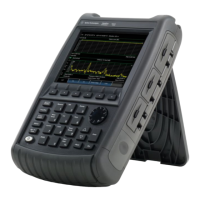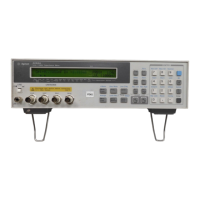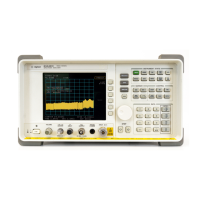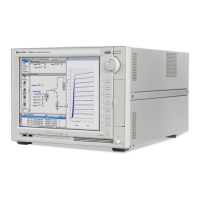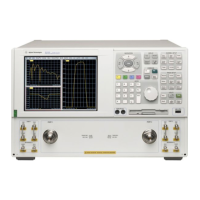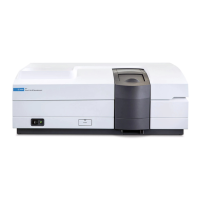62 FieldFox User’s Guide
Calibration for NA, CAT, and VVM Modes
Calibration removes the systematic errors that are associated with
measurements in NA, CAT, and VVM Modes. Key presses are identical in all of
these Modes.
In this Chapter
Why and When to Calibrate ................................. 62
Definitions .............................................................. 62
CalReady ................................................................. 63
How to Perform a Calibration ............................. 64
QuickCal .................................................................. 64
Mechanical Cal ....................................................... 66
Response Cal .......................................................... 68
View Cal................................................................... 69
Calibration Type .................................................... 69
Enhanced Response Optimization ...................... 71
Interpolation ........................................................... 71
Questionable Accuracy ......................................... 72
Compatible Mode Calibrations ............................ 72
Save a Calibration ................................................. 72
CalReady Properties .............................................. 72
Verify Calibration .................................................. 73
Calibration Method Summary ............................. 74
See Also
Learn How to Make 75 ohm Measurements at the FieldFox Supplemental Online
Help: http://na.tm.agilent.com/fieldfox/help/FieldFox.htm
Why and When to Calibrate
There are well-defined and understood systematic errors that are measured and
calculated during the calibration process. These errors are caused by leakage
signals inside the FieldFox, by the frequency response of the FieldFox receivers,
and by reflections inside the FieldFox that interact with the DUT. After
calibration, these errors are removed from subsequent measurements.
To maintain highest measurement accuracy, perform a new calibration when any
of the following changes occur:
When any of the following measurement settings change: Frequency Range,
Power Level, IF BW, and Resolution. Therefore, make these measurement
settings before calibrating. Increased Averaging, lower IF BW, and higher
Resolution all cause slower sweeps and slower calibration times. Learn about
Interpolation and Questionable Accuracy on page 71.
When the FieldFox temperature changes more than about 10°F (5°C). Learn
how to monitor the internal temperature on page 12.

